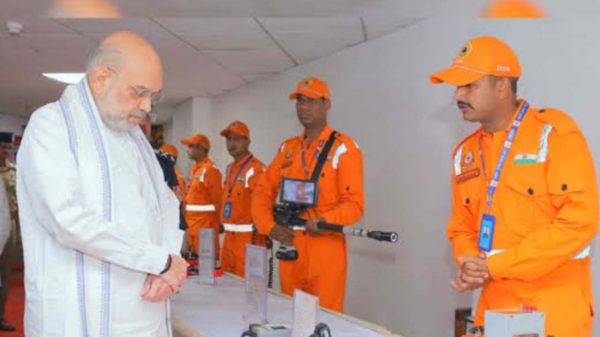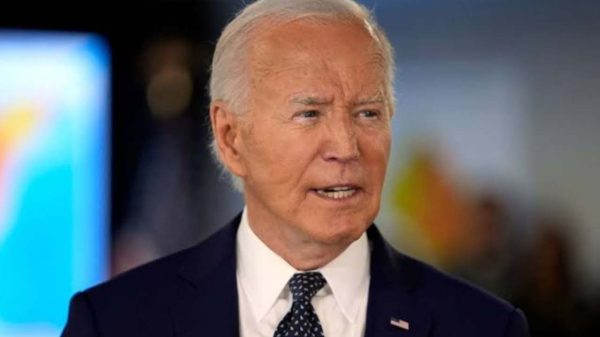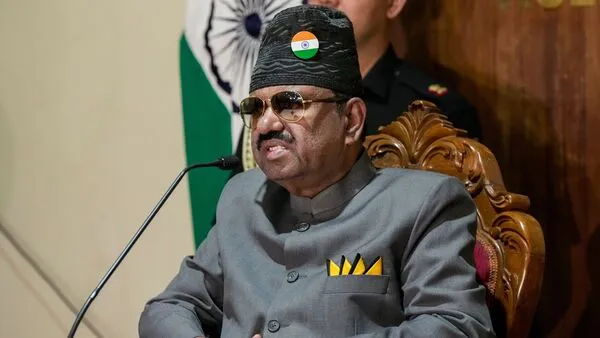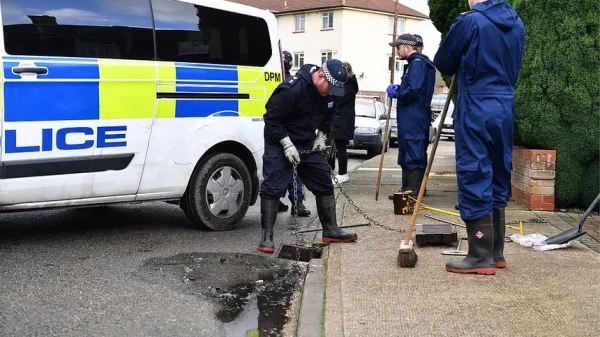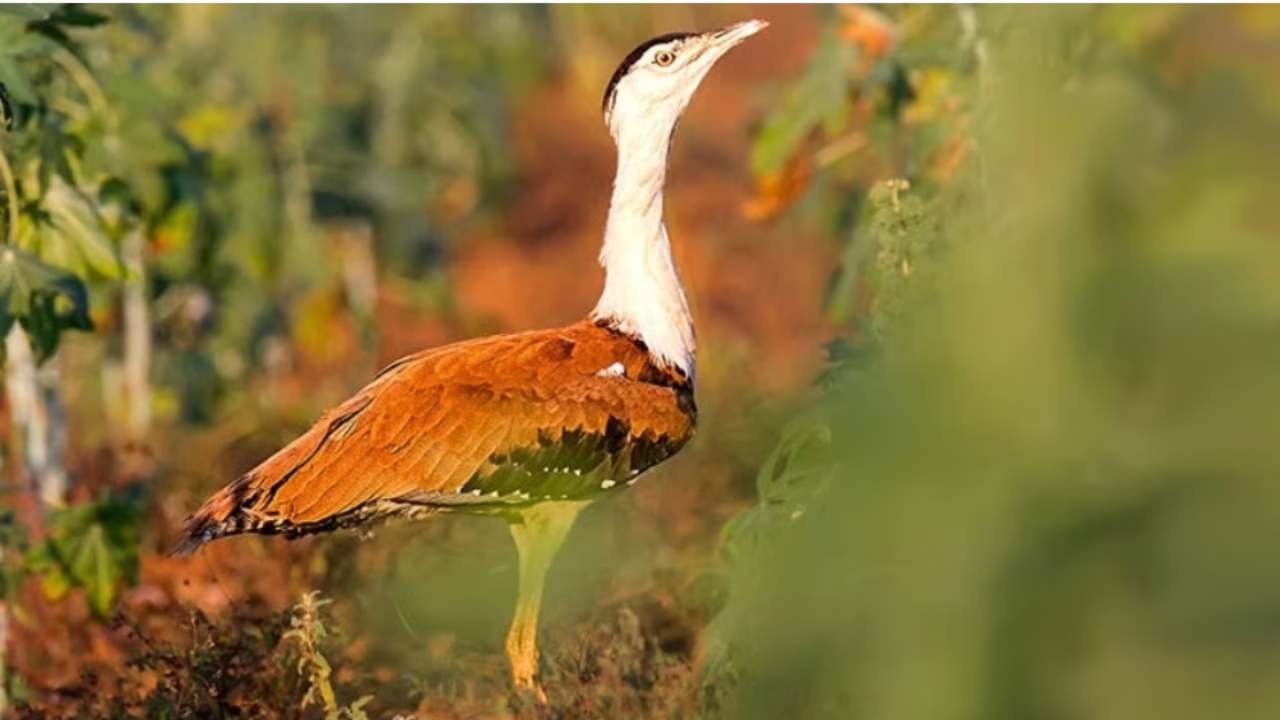The Ministry of Environment, Forest and Climate Change (MoEFCC) has approved Rs 56 crore for the next phase of conserving the Great Indian Bustard (GIB) and Lesser Florican.
The plan includes habitat development, in-situ conservation, completion of the conservation breeding centre, releasing captive-bred birds, and other habitat development initiatives.
Earlier, in a June 7 meeting, the executive committee of the National CAMPA (Compensatory Afforestation Fund Management and Planning Authority) recommended the Wildlife Institute of India’s (WII) proposal to the governing body.
The proposal, submitted in March, outlines a plan to scale up the conservation project for 2024-2033 and includes two components, according to multiple sources familiar with the developments.
The conservation program for the critically endangered Great Indian Bustard (GIB) and Lesser Florican has been running since 2016 for their long-term recovery. Currently, around 140 GIBs and fewer than 1,000 Lesser Floricans are surviving in the wild.
The first component of the conservation program includes targets such as completing the conservation breeding centre (CBC) in Jaisalmer’s Ramdevra, developing the Sorsan Lesser Florican facility, preparing for the release of captive-bred birds, releasing Great Indian Bustards (GIBs) in Rajasthan and other range states, post-release monitoring, and artificial insemination.
The second component focuses on in-situ conservation of Great Indian Bustards (GIBs) in other range states such as Gujarat, Maharashtra, Karnataka, Andhra Pradesh, and Madhya Pradesh.
This will be implemented by the Wildlife Institute of India (WII) along with state governments, with a budget of Rs 43.68 crore, pending approval.
Between 2024-2026, WII will also conduct GIB population estimation in Jaisalmer and its range states, as well as a rangewide population estimation of the Lesser Florican.
Until rewilding begins in 2027, the Wildlife Institute of India (WII) plans to collect two to four eggs of the Great Indian Bustard (GIB) and six to ten eggs of the Lesser Florican each year. These eggs will contribute to the captive breeding efforts.
For releasing captive-bred Bustards, specific release sites will be identified, and the birds will undergo training for release. Soft release enclosures will also be developed as part of this process.
During the 2024-2029 phase, the focus will also be on developing and implementing artificial insemination techniques to support captive breeding efforts. Scientists involved in the project noted that WII has been collaborating with the Abu Dhabi-based International Fund for Houbara Conservation on these initiatives.
“Artificial insemination will help to facilitate genetic management and diversity. If we want sperm from a particular male GIB to manage the population from a genetic perspective, we can go for cryopreservation. Artificial insemination will also help augment fertility rates. It has been tried successfully in the UAE, but not in India,” said a scientist associated with the project.
The Great Indian Bustard (GIB) and Lesser Florican have experienced significant declines primarily due to hunting, habitat loss, predation of eggs by other animals, and the threat posed by overhead power lines. A study from 2017-18 estimated that these power lines cause the deaths of approximately 88,000 birds annually across different species.
Efforts to recover these species began in 2013 with the National Bustard Recovery Plan, which evolved into the Bustard Recovery Project in 2016. In July 2018, a tripartite agreement was signed between the Ministry of Environment, Forest and Climate Change (MoEFCC), Rajasthan forest department, and the Wildlife Institute of India (WII).
Under this collaborative project, two GIB conservation breeding centres and one Lesser Florican centre are operational in Rajasthan, specifically in Sam, Ramdevra, and Sorsan respectively. These centres play a crucial role in breeding and conserving these endangered species.
At the Sam and Ramdevra conservation breeding centres, a founder population of Great Indian Bustards (GIBs) has been established by collecting eggs from the wild, which are then artificially incubated and hatched.
Currently, there are 40 GIBs across these two centres. Meanwhile, at the Sorsan facility, there are seven Lesser Floricans comprising three males and four females.
The conservation efforts for these species are under scrutiny by the Supreme Court, with a pending petition seeking their protection.
Previously, the Supreme Court had directed the burial of power transmission lines in GIB habitats in Rajasthan and Gujarat in 2021, but this order was recalled in 2024 following the Centre’s submission that the task would be costly and impractical.
The Court has now appointed an expert committee to further investigate the issue.






